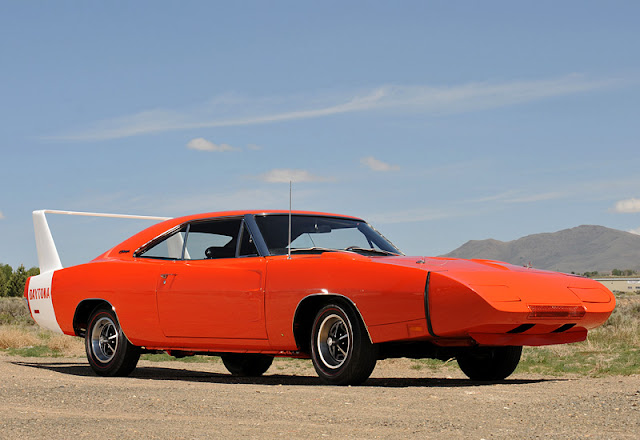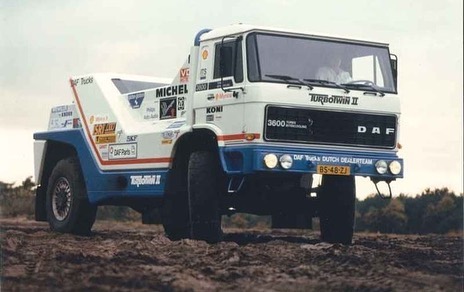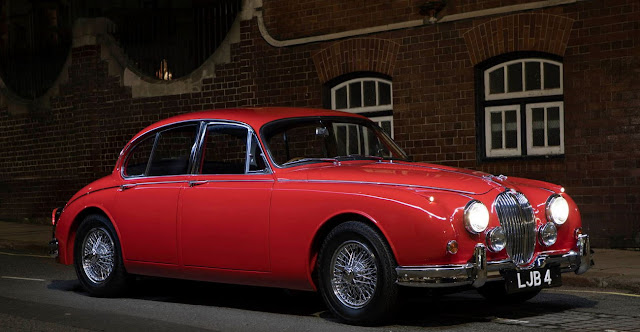Winged Wonder - The Dodge Charger Daytona
The Charger Daytona. What a beautiful thing this winged beast was. An era of racing that seemed so pure and wild. What started life as a “regular” family car became the thing of legends and dreams.
The Charger Daytona first appeared in 1969 after Mopar bosses were less than happy with the 1968 Charger 500’s results. The new Charger would be something very very different, it would set new records. Right out the box, the winged wonder prove it wasn’t to be messed with. Buddy Baker in the 88 Chrysler Engineering car set the first 200MPH lap in NASCAR history at Talladega in 1974 thanks to the Chargers 426 cubic inch Hemi V8.
The 426 Hemis that powered these magnificent machines are a story on their own, but they made 425BHP+ and that before you put them in this aerodynamic body. So what’s the big deal? The front of the whole car was redesigned to lower its frontal area and allow it to cut the through the air a lot better than its slab faced siblings.
That’s all well and good but how do you keep it stable at big speeds? That’s where these cars get their nicknames, the winged wonders. A 23inch tall wing from the rear quarter panels and a redesigned rear flush rear window allowed the Charger Daytona to manage its airflow a lot better. However, their effectiveness would be their downfall.
By 1970, the governing bodies had stated that to run that aero engines could not exceed 300 cubic inches, severely limiting the Daytona and Superbirds and by the end of 1970 all aero cars were banned from the discipline. To make them eligible though, Mopar had to make a certain number of road cars that were loosely based around the racer, 503 Charger Daytona’s exist... sort of. There’s no record of how many “true” cars are left but their importance in racing history is crucial, as it found the balance of power and aerodynamics that at the time was pretty ahead of its time. It’s a shame it never got developed further.
The ‘70 K&K insurance car will always be the coolest Daytona to us. Now, someone let us try one...
Photos: Unkown.




Comments
Post a Comment